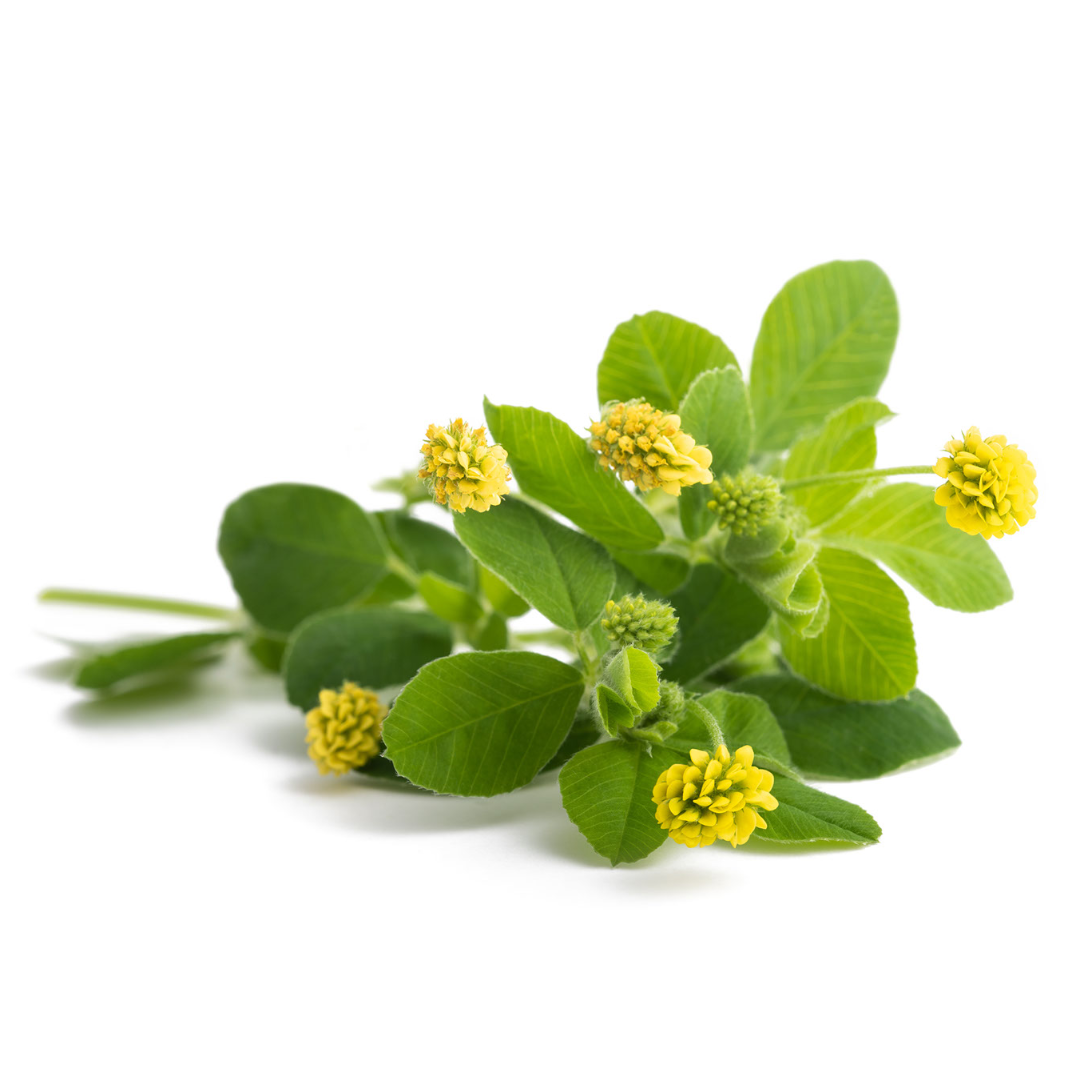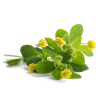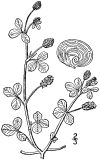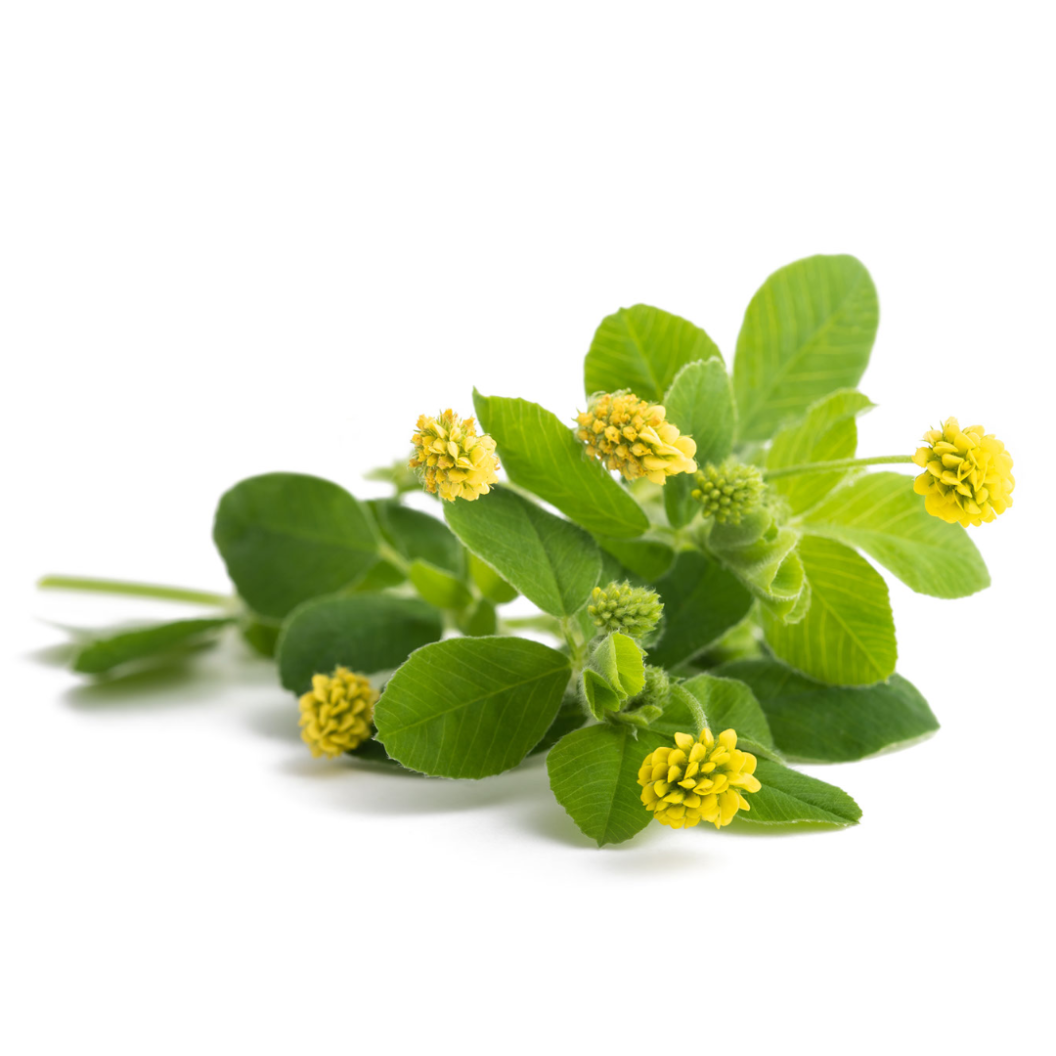





Black Medick
DESCRIPTION: Black Medick is an annual plant that typically grows in dry, open areas.
SCIENTIFIC NAME: Medicago lupulina
OTHER NAMES: Nonesuch , Hop Clover
LEAF TYPE: Broadleaf
FLOWERS: Small yellow flowers grouped into tight bunches
LEAVES: Each leaf is made up of three leaflets, similar to a clover, with a slightly toothed edge. Leaves will be bright green with smooth, waxy texture.
LIFE CYCLE: Annual
HOW TO IDENTIFY: Look for a small plant with yellow flower buds that looks like it could be clover. It also produces small, black, seed-like fruits. Will often be found in or near fields or open areas as it is often used as a forage crop for livestock.
MECHANICAL CONTROL RECOMMENDATIONS:
1. Hand pulling - More Info
2. Mowing - More Info
3. Cutting and Pruning - More Info
4. Hoeing - More Info
5. Mulching - More Info
6. Tilling - More Info
7. Solarization - More Info
CHEMISTRY RECOMMENDATIONS:
Pre-emergent herbicides:
Prodiamine: Prodiamine is a pre-emergent herbicide
Isoxaben: Isoxaben is another pre-emergent herbicide
Pendimethalin: Pendimethalin is a pre-emergent
Oryzalin: Oryzalin is a pre-emergent herbicide
Dithiopyr: Dithiopyr is a pre-emergent herbicide
Post-emergent herbicides:
Clopyralid: Clopyralid is a selective post-emergent herbicide
Triclopyr: Triclopyr is another selective post-emergent herbicide
2,4-D: 2,4-D is a commonly used selective post-emergent herbicide
Metsulfuron-methyl: Metsulfuron-methyl is a systemic post-emergent herbicide
Sulfentrazone: Sulfentrazone is a post-emergent herbicide
Quinclorac: Quinclorac is a post-emergent herbicide
Selective herbicides:
Non-Selective herbicides:
Recommended Prevention
Recommended Control

